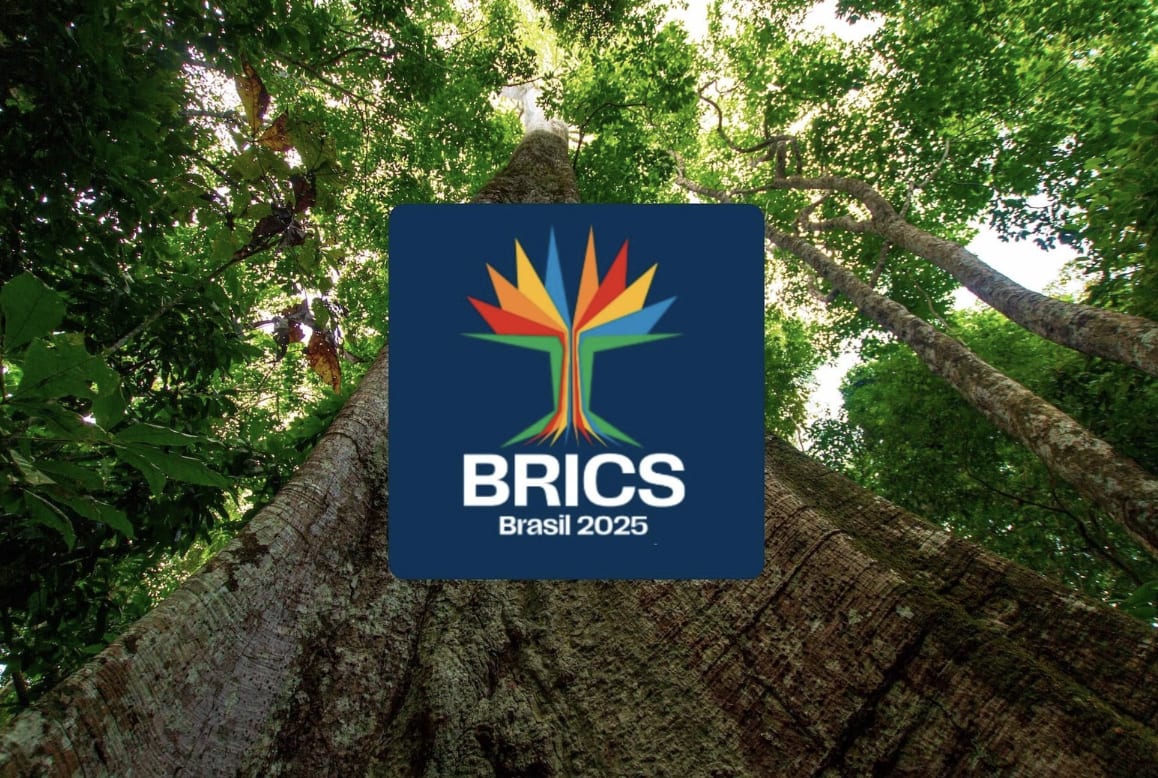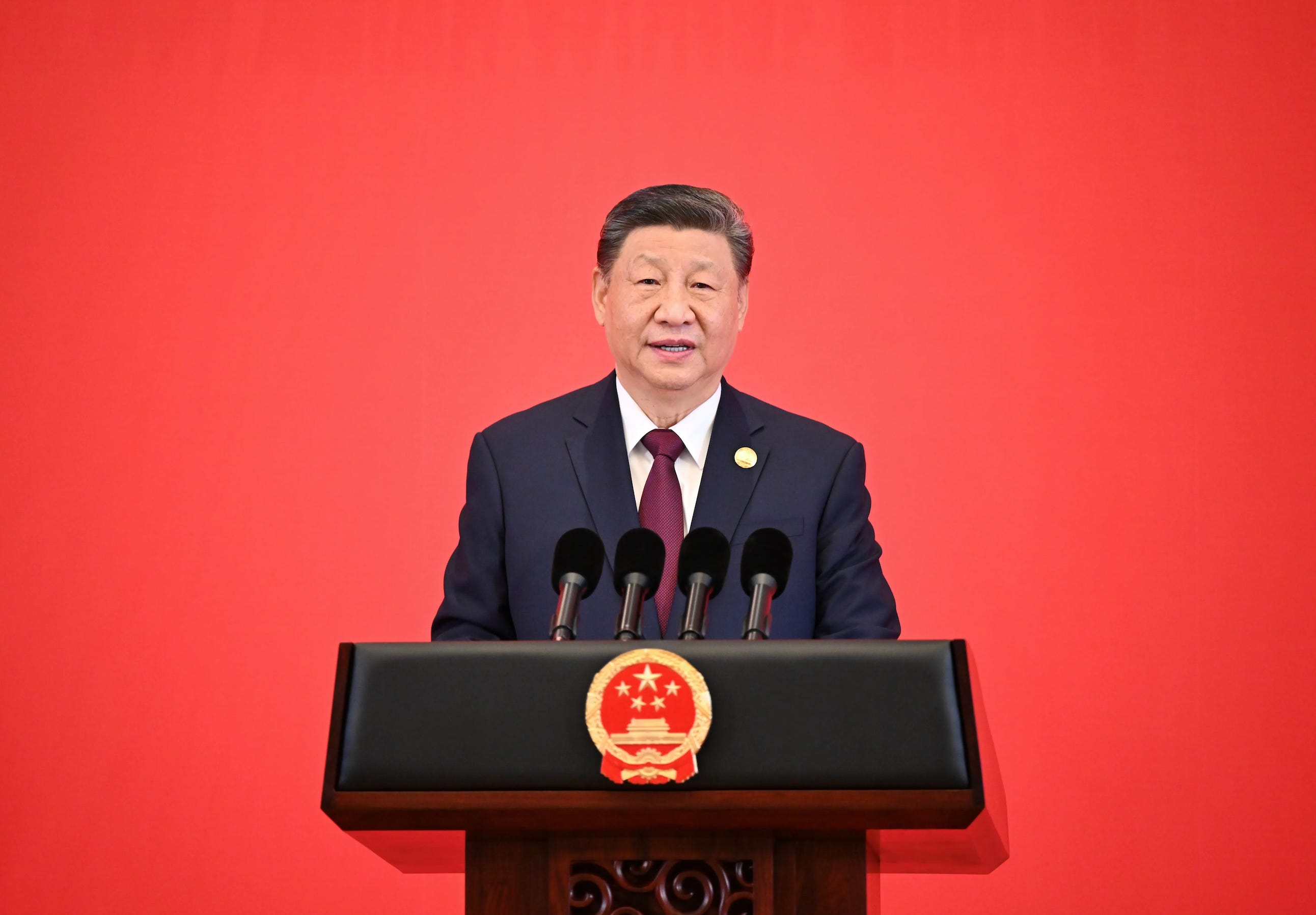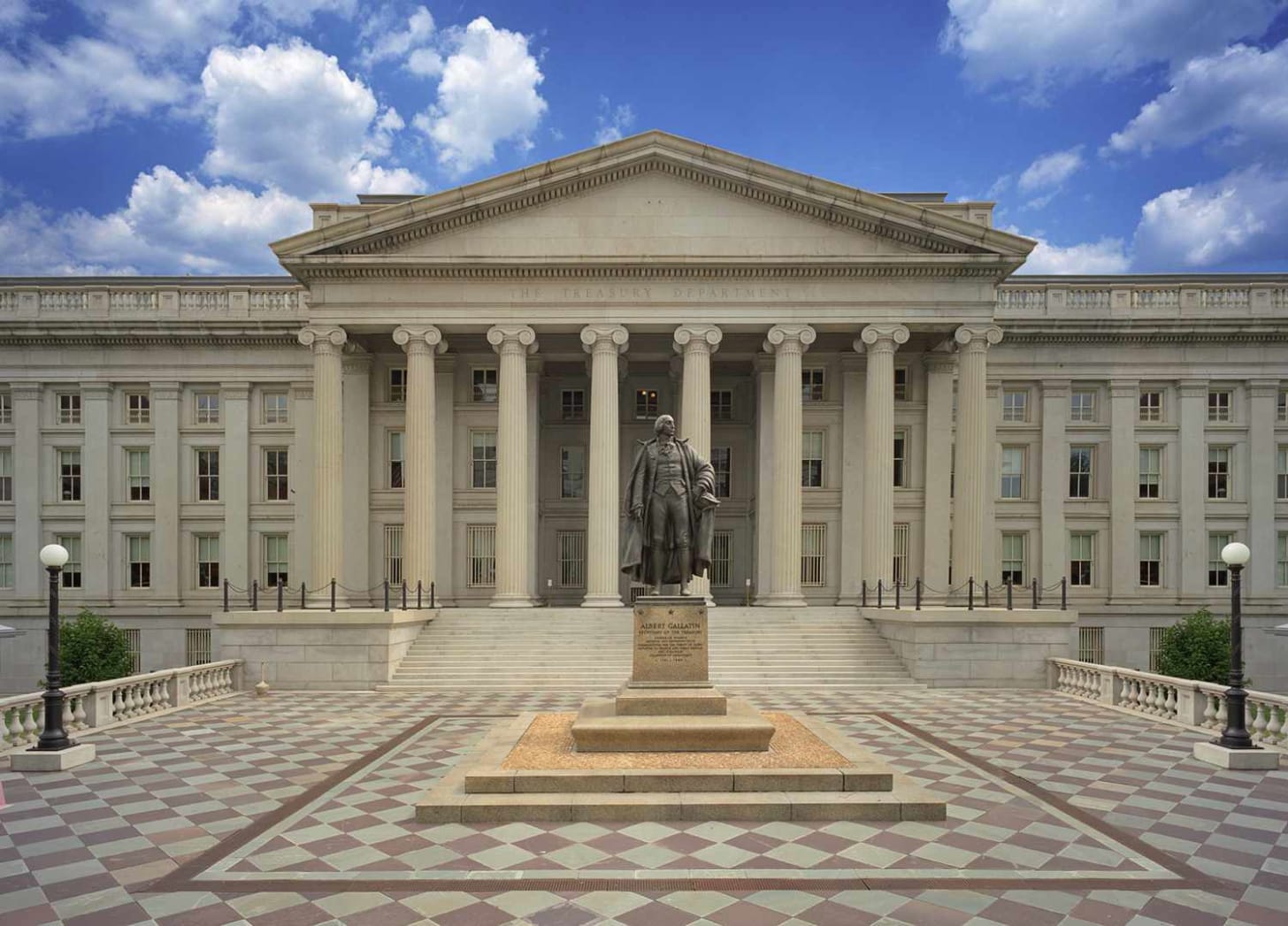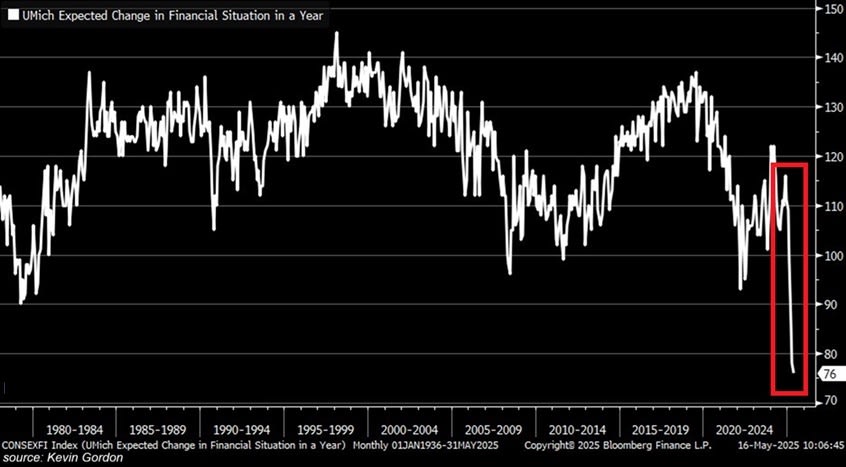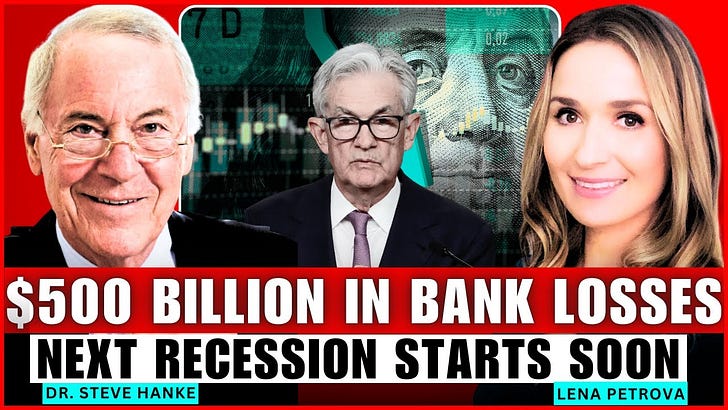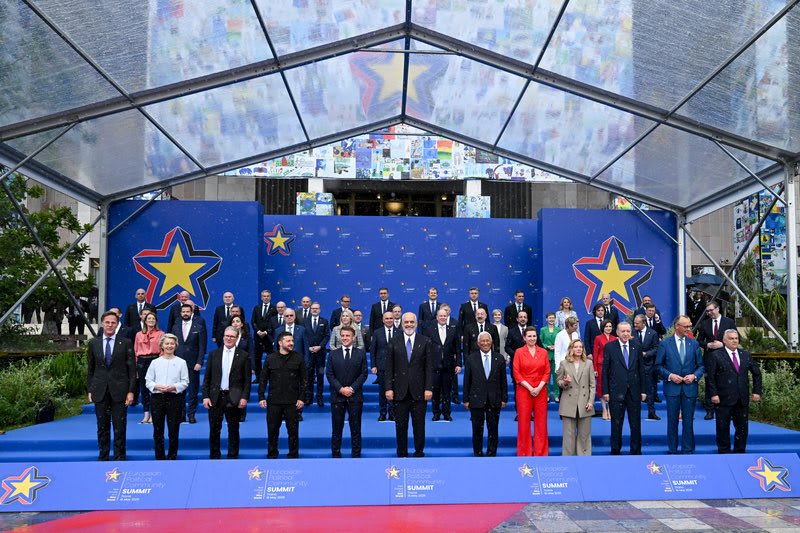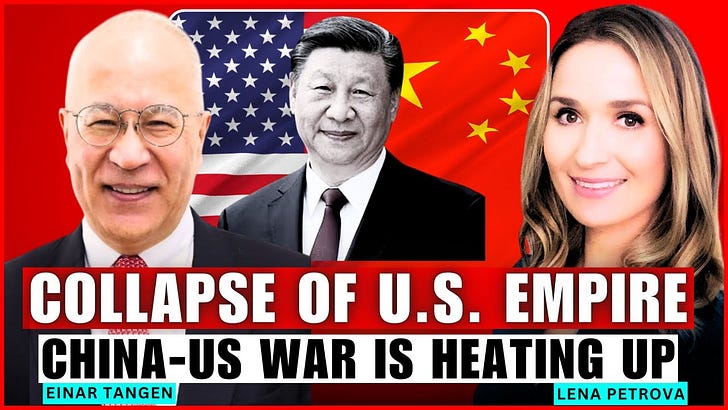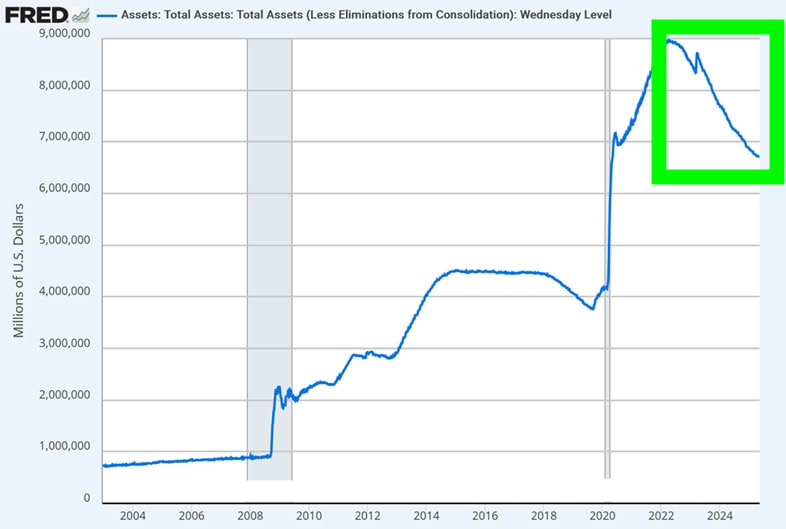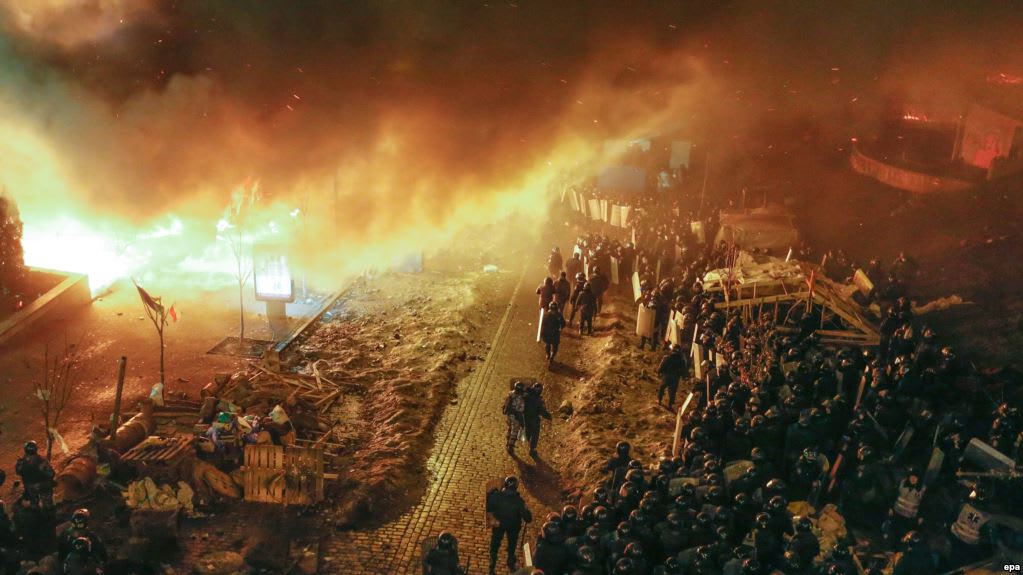America First or America Alone? Trump’s Trade Threats Explained
World Affairs in Context is a reader-supported publication. To receive new posts and support my work, consider becoming a free or paid subscriber.
In a single tumultuous week, President Donald Trump reignited a trade war that had remained dormant for just 3 short months. With sharp warnings to U.S. allies like Japan and South Korea—delivered via formal letters and public social media posts—Trump unleashed a new wave of protectionism. A 50% tariff on copper, potential 200% levies on pharmaceuticals, and a 35% tariff threat against Canada marked a dramatic return to economic brinkmanship. Over 20 countries now face punitive measures set to begin on August 1, unless they accept terms dictated solely by the U.S.
This sudden revival of Trump’s economic nationalism signals a turning point in the global economic order. Unlike past instances where tariffs were used as negotiating leverage, Trump now views them as the end goal. His demand to Brazil, threatening a 50% tariff over internal political matters, illustrates a shift from trade policy to geopolitical coercion. Chaos is not a side effect, it is the goal. Similarly, his late-night warning to Canada—a key U.S. trading partner—cited fentanyl, immigration, and dairy issues, effectively blending domestic grievances with international economic threats.
Yet, this time, global markets are not flinching. Have we become desensitized? While Trump’s previous tariffs caused widespread market panic, Wall Street has now grown accustomed to the volatility. The S&P 500 reached record highs, and the Canadian dollar rebounded quickly. Investors appear to believe Trump may once again retreat at the last minute, but the uncertainty remains deeply destabilizing.
Despite promises of “90 trade deals in 90 days,” only a few vague agreements have emerged, and even those are mired in confusion. Vietnam, for example, denied having finalized any deal, despite U.S. claims to the contrary. Trump’s “my way or the highway” approach bypasses traditional diplomacy, WTO processes, and multilateral negotiation. Whether this is a strategic gamble or a chaotic impulse, one thing is clear: a new chapter in global trade is unfolding.
If no deals are reached, the world may soon face the full force of Trump’s tariff regime, reshaping economies, alliances, and the role of the U.S. in the global order.
Thank you for reading and supporting my work! Have a great weekend ahead!
- Lena
World Affairs in Context on YouTube


